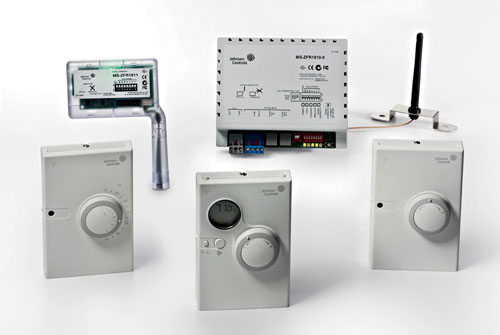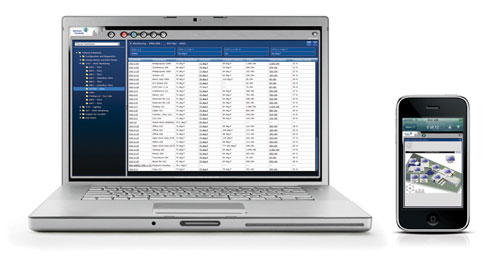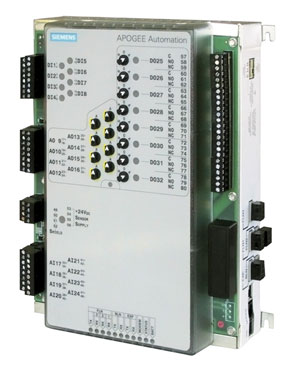Control Freaks
For example, Automated Logic offers the WebCTRL system to control building mechanical systems and to act as a front end for an entire building-automation system that might include fire systems, security, and lighting. The system has always provided performance data such as humidity and CO2 levels, and temperature, but it never put the data in the context of how a person might actually feel in the space, or what we call comfort. So, the company recently launched an Environmental Index (EI) tool that functions with WebCTRL and provides facility managers with a 100-point rating for gauging occupant comfort. "The system uses the temperature, humidity, and CO2 sensors you already have in your building, so its simplicity is a major advantage," says mechanical engineer Steve Tom, Automated Logic's director of technical information. Other companies, such as Ambient Devices and Shaspa, are pursuing making such data more readily accessible to occupants. Ambient's Orb can be programmed to glow based on electrical-grid demand or to indicate pollen counts in the air, among other inputs.
 |
Johnson Controls' wireless Metasys building-management system represents the industry's shift to more controls and devices, more widely dispersed throughout buildings. With each control component recognized as an IP address, facility managers can access data on any Web-enabled device, such as an iPhone or laptop. Photos: Johnson Controls |
 |
Â
More controls and sensors, however, will require more commissioning and maintenance to ensure that when an orb glows green, it glows accurately. For example, if you wanted to test for CO2 levels in a space, which is an indication of air quality (the more CO2 you have, the more fresh air you need to provide as an offset), you would place one sensor in the room's return-air duct. But in a large, open office, this could be misleading. What's more, if that sensor were not calibrated correctly, you could get false readings that could lead to increased fan use and wasted energy. But having a commissioning agent calibrate every sensor in your building each year can be costly, so it rarely happens. In addition, adding this sensor to every return-air duct could amount to thousands of dollars in costs.
The University of Pennsylvania skirted this issue by installing a new air-monitoring system, Aircuity's OptiNet, in its animal-research laboratories. The system consists of tubes that take small samples of air from discrete locations and transfer the air back to a central sensor suite where it is sampled for CO2, CO, particulates, TVOCs, temperature, and relative humidity. Having one sensor unit eliminates the need to have each of these sensor types deployed separately in each space, as in a conventional system. Aircuity replaces the sensor with factory-calibrated sensors every six months. With such assurances of accuracy, the facility managers at Penn can now reduce airflow rates with the Variable Air Volume systems in the laboratories with less risk, thereby realizing significant savings from reduced fan energy. Joe Monahan, Penn's principal planning engineer, says the system had a two-year payback and reduced energy consumption in the labs by 40 percent. The university is now rolling it out to more buildings. "This is an active approach to controlling mechanical systems, rather than the old passive approach that set air-change minimums," Monahan says. As Penn monitors the system, it can more fully understand how much air is actually needed for its labs. From this, it could establish some diversity factors to traditional design air-change rates - such as, for example, 80 percent of given rates - that would allow it to install smaller systems and realize first-cost savings.
 |
 |
Left: Controllers in Siemens's Apogee wireless system rely on mesh networks to avoid interference. Top: Building Dashboard's Web interface makes energy-consumption reporting more userfriendly. Photos: Siemens (left); Building Dashboard (top) |









